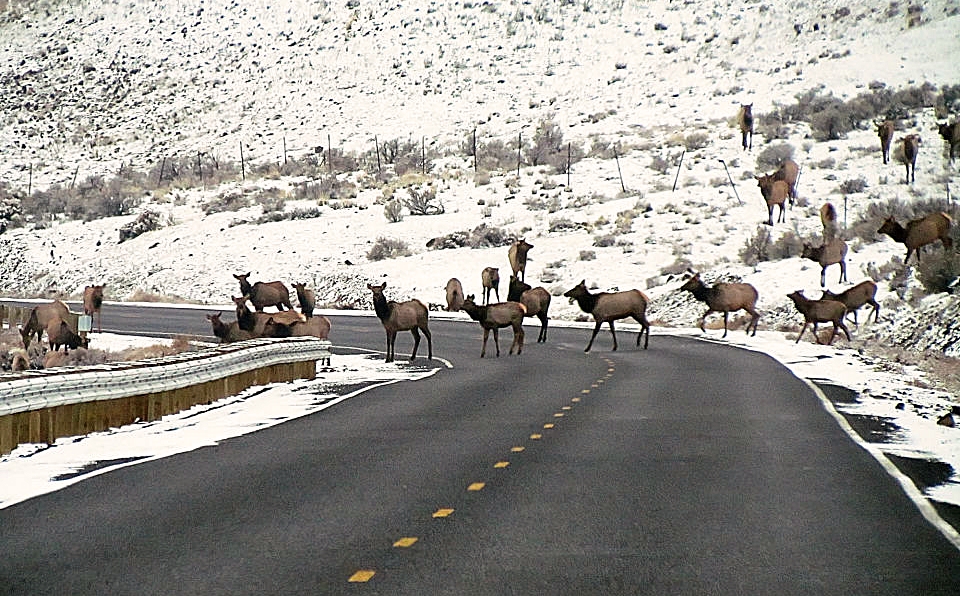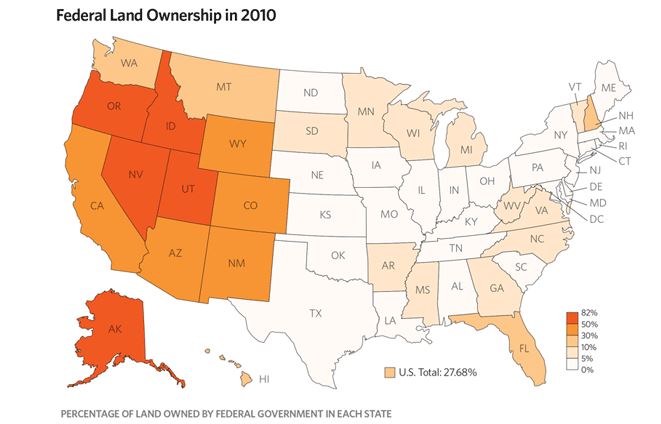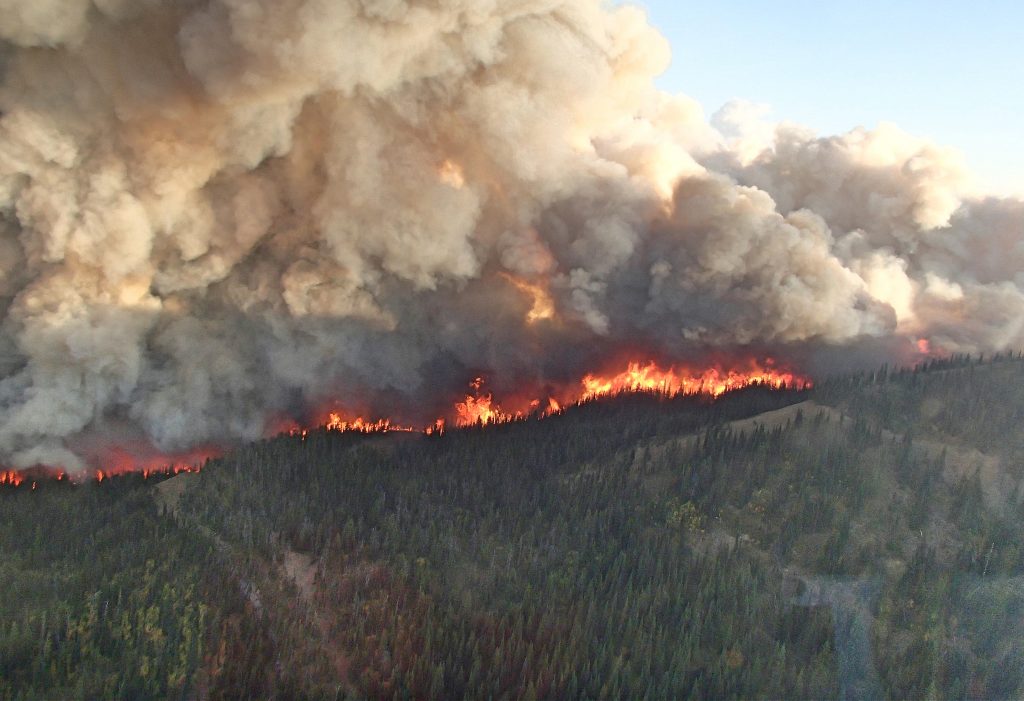Just one elk bite is enough to spoil a hay bale for export because foreign buyers want full, tight bales, according to state Rep. Tom Dent, whose 13th District covers the area. Dent sponsored legislation that created a pilot program to help address the problems after hearing complaints from constituents about the elk on the road, as well as witnessing the problem himself.
Donald W. Meyers
Viewed at a distance, the thousands of elk that form the Colockum herd are as majestic a sight as you’ll find in the rugged hills of eastern Kittitas County.
But they also pose a potentially fatal danger to drivers speeding past on Interstate 90, as well as an economic detriment to hay growers.
The Colockum herd, which roams between Wenatchee, Ellensburg and the Columbia River, numbers 6,500. In winter they come down from higher elevations looking for places to graze.
Sometimes their quest for food takes them to the freeway between Ryegrass and Vantage and they wind up on the roadway. In the winter of 2016, about 60 elk were killed when they were struck by vehicles.
Such crashes can be devastating for the motorist, Washington State Patrol trooper Brian Moore said.
A bull elk weighs about 700 pounds and stands nearly 5 feet tall at the shoulder. That’s large enough to cause serious damage to a car and for the elk to be thrown through the windshield rather than go underneath the chassis, Moore said.
No drivers are known to have died, but some have been injured.
Along with causing accidents, elk also go to nearby farms and ranches where they have damaged irrigation lines and eaten hay stored for livestock feed or export.
Just one elk bite is enough to spoil a hay bale for export because foreign buyers want full, tight bales, according to state Rep. Tom Dent, whose 13th District covers the area. Dent sponsored legislation that created a pilot program to help address the problems after hearing complaints from constituents about the elk on the road, as well as witnessing the problem himself.
“We don’t want (the elk) to go away,” said Dent, a Moses Lake rancher and Republican lawmaker. “We want to coexist.”
A number of options were raised at a recent meeting Dent held with ranchers, farmers and sportsmen, as well as transportation and wildlife officials. Those options include using fences and managed hunts to keep elk away from the highway and farms and bring the herd to a manageable size.
If those tactics are successful, Dent wants to use them in other areas of the state to manage elk.
The pilot program calls for the state Department of Transportation to investigate the costs of installing elk-proof fencing to keep the wildlife off the road. The department has already strung a wire near the right-of-way fence along the highway in order to create a barrier that elk perceive as being too large to jump over, White said.
[paypal_donation_button]
Free Range Report
[wp_ad_camp_3]
[wp_ad_camp_2]




Would it be more cost effective to fence in the barns rather than elsewhere?